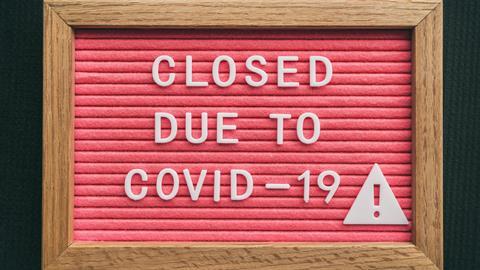From being open and transparent to having a well-thought-out forecast, there are certain key factors to keep in mind when undergoing discussions around the Covid Rent Arrears Arbitration scheme, writes FRP’s Phil Reynolds
The Covid Rent Arrears Arbitration scheme was designed to settle disputes between landlords and commercial tenants over rent arrears accrued during the pandemic period, where a consensual agreement couldn’t be reached.
It was enacted in March this year and marked the end of the moratorium on commercial evictions. But how has it impacted the sector, and what do those tenants and landlords who haven’t yet reached an agreement need to be aware of?
The arbitration process is a great example of the government “nudge” psychology in how to encourage a market-led solution by making the alternative “forced” solution unattractive to both parties.
So, if an agreement cannot be reached consensually then what are the key factors to bear in mind when looking at the arbitration process?
1. Rethinking retail rents
When it comes to the negotiation process, being open and transparent is key. Tenants negotiating with landlords need concessions, but these need to be realistic, grounded in facts and not threaten the landlord’s solvency.
It is important for tenants to give landlords options where possible, which can include turnover rents or hybrid rents, where a tenant typically pays service charges and an element of fixed rent, with the rest based on turnover.
This provides an opportunity to shift the risk and reward balance between the landlord and the tenant, reflecting the changing business environment and working practices.
But there can be arguments about what is included in turnover, as to how online sales that are collected or returned in store are treated, and some landlords would rather have certainty of income particularly if that suits their own financing structures.
A tenant offering a menu of acceptable potential solutions such as downsizing or extended leases rather than trying to second-guess the landlords’ intentions is a useful approach to take.
2. Robust forecasts to underpin any offer
The onus is on the tenant to produce a robust cashflow and financial analysis showing why they are unable to meet the contracted commitment and that their offer is both reasonable and sustainable.
While the only true thing about a forecast is that it is likely to be wrong, a well-thought-out forecast underpinning an offer (with potential upside proposals) will be looked on favourably.
3. Present the case properly
In order to keep costs affordable, the actual time an arbitrator has to examine the evidence and make a decision is limited (and could be as little as a few hours) so the case for both parties needs to be made explicitly, concisely and effectively.
Get your points across as to why the offer is or isn’t acceptable and clearly link to supporting evidence.

Phil Reynolds is a partner in FRP’s restructuring advisory team



























